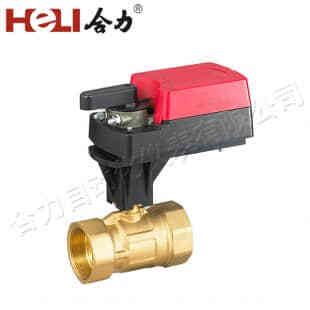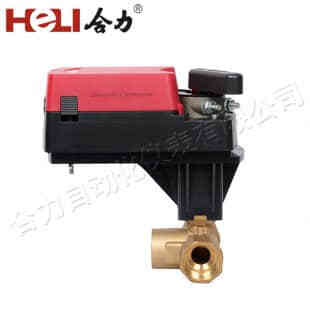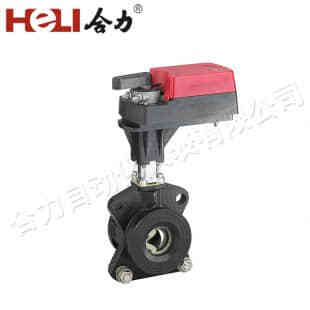Damper actuators are critical components in Heating, Ventilation, and Air Conditioning (HVAC) systems, playing an essential role in controlling airflow within ducts, regulating temperatures, and ensuring efficient air distribution. In this article, we will delve into the purpose, types, functioning, and applications of damper actuators, highlighting their importance in modern HVAC systems and energy-efficient building designs.

What is a Damper Actuator?

A damper actuator is a device used to control the position of a damper, a component typically found in air ducts or ventilation systems. Dampers are used to regulate airflow by opening or closing the vents, and the actuator is the mechanism responsible for moving the damper to the desired position. This action is crucial for optimizing air distribution, controlling indoor air quality, and maintaining energy efficiency in heating, cooling, and ventilation systems. Damper actuators can be powered by different energy sources, such as electric, pneumatic, or hydraulic systems, and they vary in terms of control mechanisms, precision, and size. The actuator’s primary function is to adjust the damper blades, which influence the volume of air passing through the ductwork and maintain airflow balance within the system.
